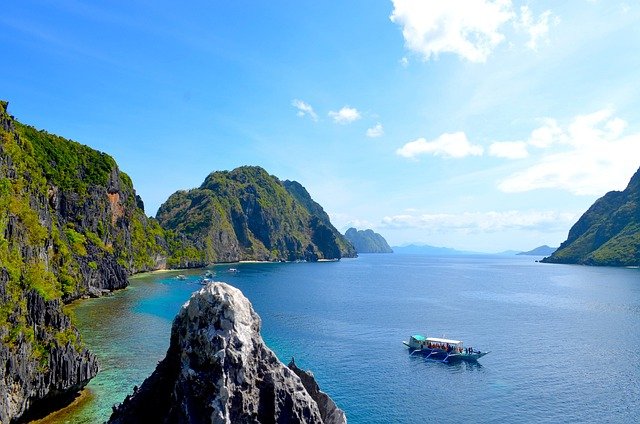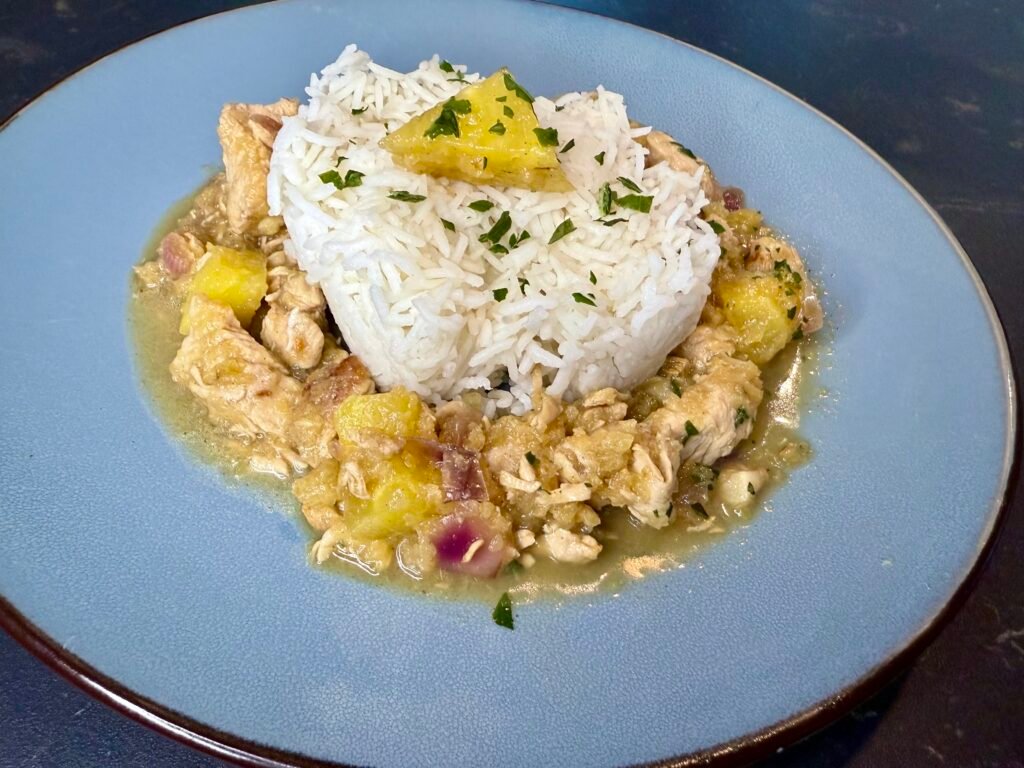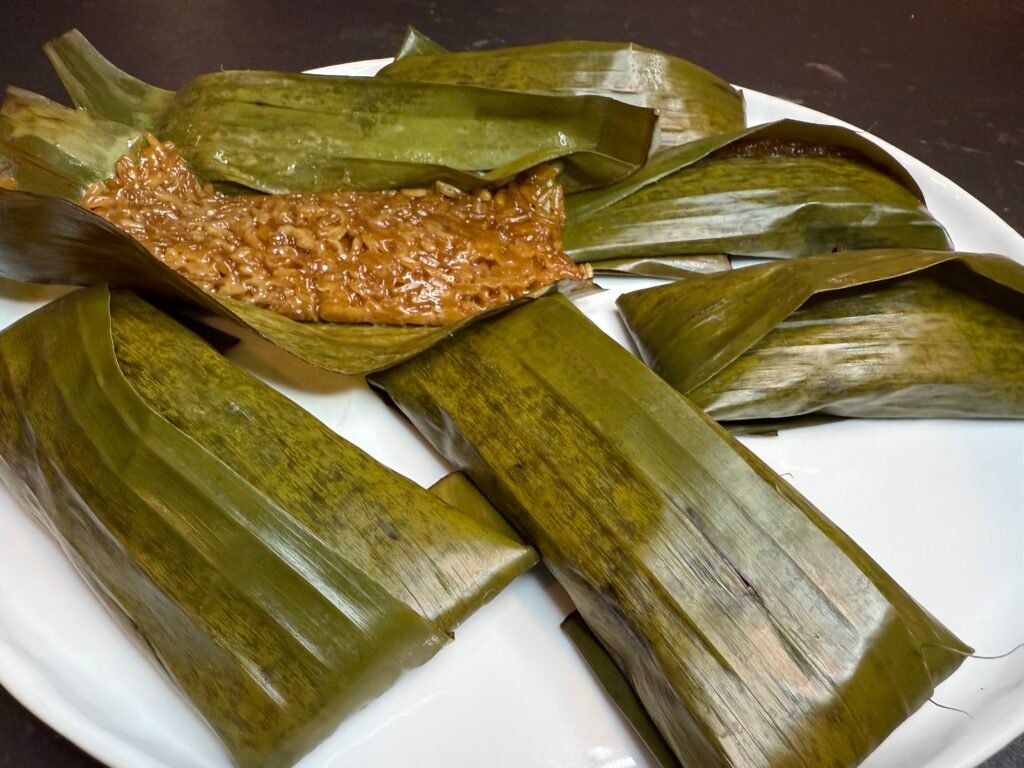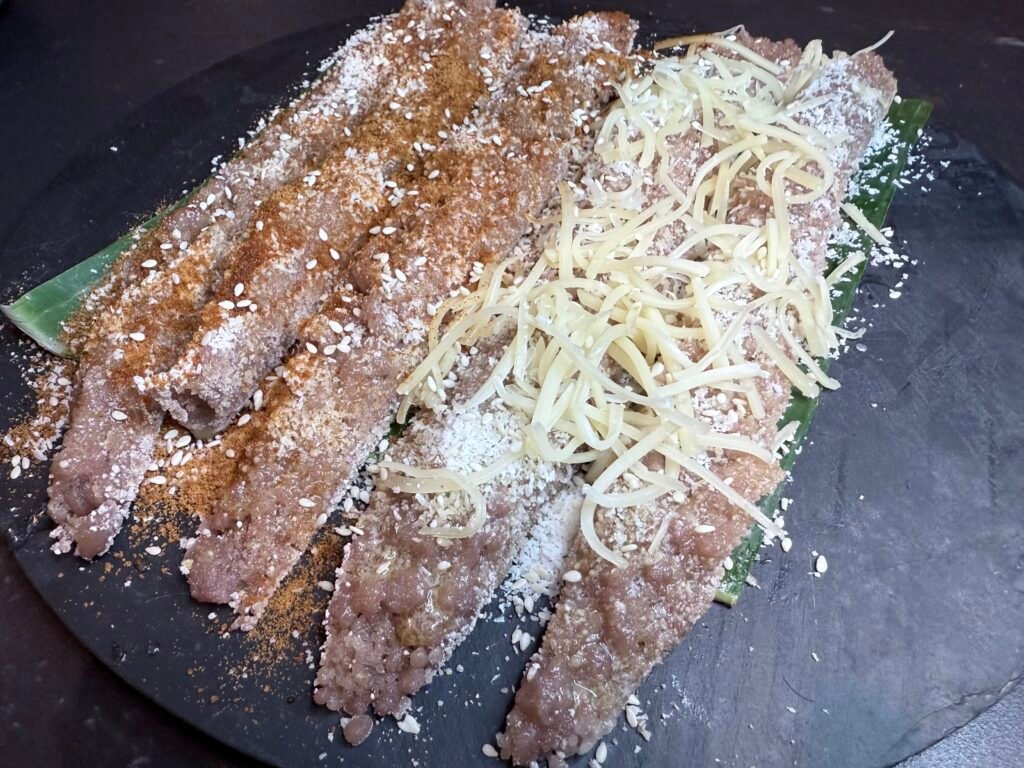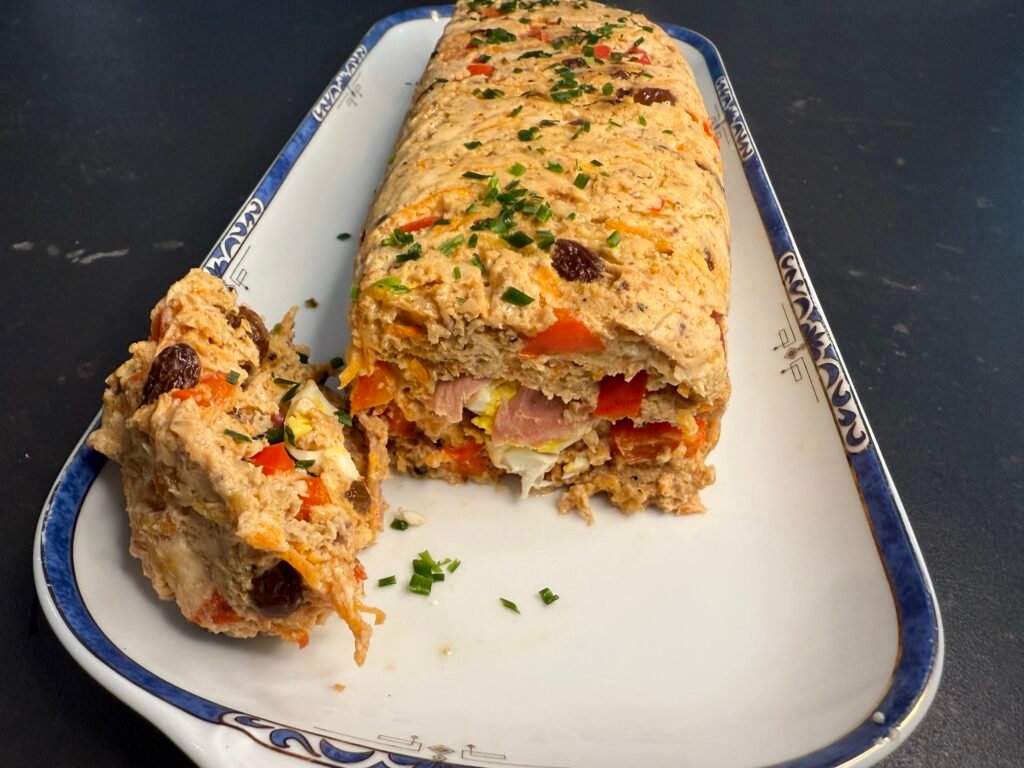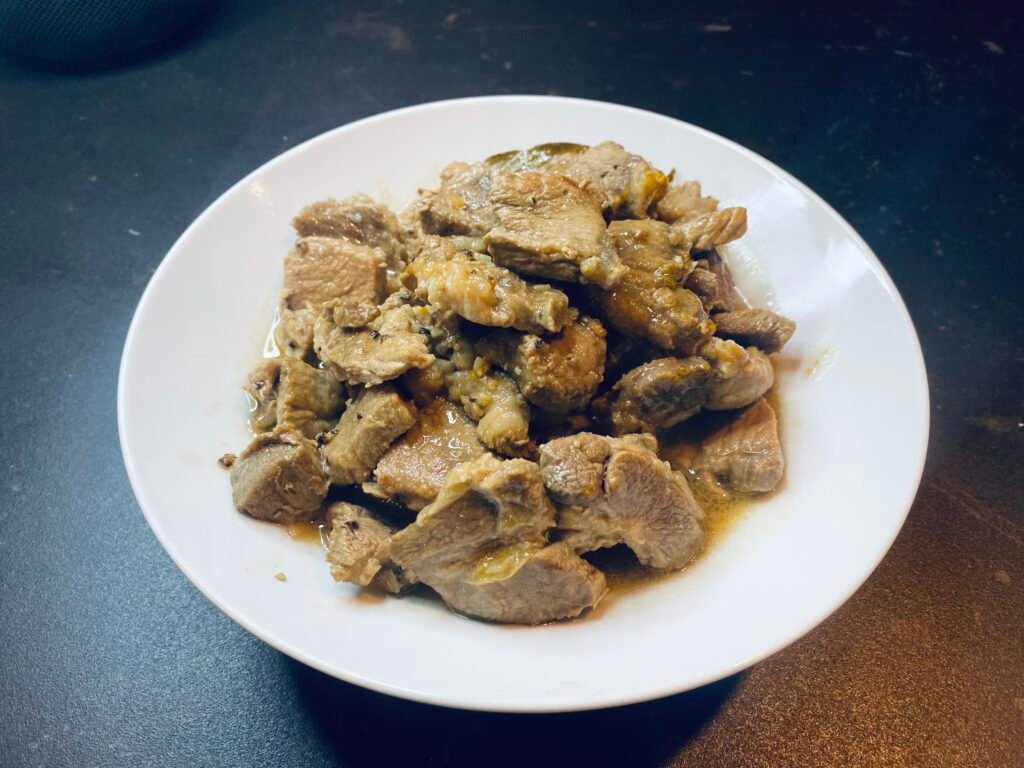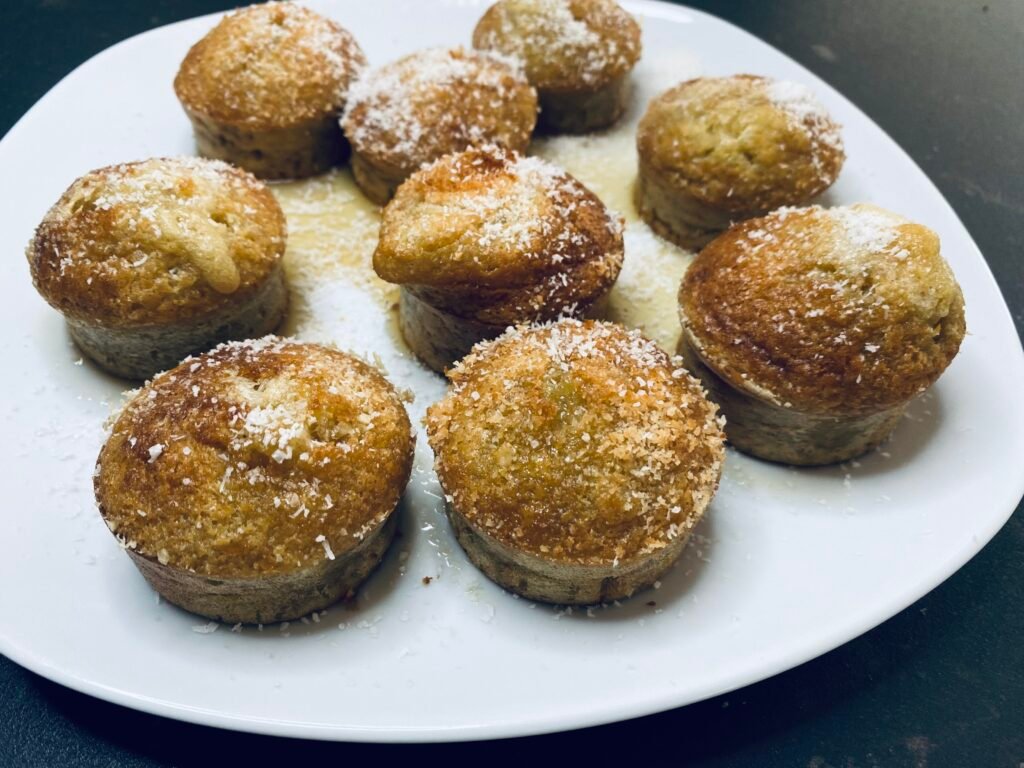The Philippines, an archipelago of more than 7,000 islands located in Southeast Asia, is a true crossroads of cultural influences. The history of the archipelago is marked by indigenous cultures, then by more than 300 years of Spanish colonization, followed by a brief American occupation. This complex history has left an indelible mark on Filipino culture, where we find a unique blend of Asian, Spanish and American traditions. Filipinos are predominantly Catholic, an influence of Spanish colonization, and society is punctuated with religious celebrations and festivals, such as Sinulog in Cebu and Pahiyas in Lucban. Filipinos, known for their hospitality and joie de vivre, express their culture through music, dance and crafts.
The archipelago offers a fascinating cultural diversity, where each region has its own traditions, dialects and culinary specialties.
Traditional Gastronomy and Gluten Free Options
Filipino cuisine is rich, varied and influenced by centuries of interaction with Spanish, Chinese and Malaysian cultures. It is characterized by hearty dishes based on meat, fish and rice, often accompanied by sweet and sour or salty sauces. Fortunately for those following a gluten-free diet, many Filipino dishes are naturally gluten-free or can be easily adapted.
Here are some gluten-free Filipino dishes:
- Adobo : One of the most iconic Filipino dishes, made with chicken or pork, simmered in a sauce made with vinegar, gluten-free soy sauce, garlic and pepper. This dish is naturally gluten-free with appropriate ingredients.
- Sinigang : A sour soup made from tamarind, often cooked with fish or shrimp and accompanied by vegetables. This dish is light and naturally gluten-free.
- Lechon kawali : Crispy fried pork, usually served with a vinegar or fish sauce-based sauce, and naturally gluten-free.
- Kinilaw : A dish of raw fish marinated in vinegar with onions, chili peppers and ginger. A refreshing, gluten-free option.
These traditional dishes allow travelers to savor the authentic flavors of the Philippines while respecting their gluten-free diet.
The Must-See Things to Visit in the Philippines
The Philippines is full of spectacular landscapes and historical sites to discover. Here are some must-see destinations during your trip:
- Palawan : Often called the most beautiful island in the world, Palawan is known for its white sand beaches, turquoise lagoons and coral reefs, perfect for diving and snorkeling.
- Banaue Rice Terraces : Listed as a UNESCO World Heritage Site, these 2,000-year-old rice terraces are an impressive example of indigenous agricultural engineering.
- Vigan : This Spanish colonial city located on the island of Luzon is a UNESCO World Heritage Site. Its cobblestone streets and well-preserved architecture transport visitors back to colonial times.
- Bohol and the Chocolate Hills : This island is famous for its Chocolate Hills , a unique geological formation of more than 1,000 domed hills, as well as its iconic little creatures, the tarsiers.
These sites offer a glimpse of the Philippines’ exceptional biodiversity and cultural heritage

